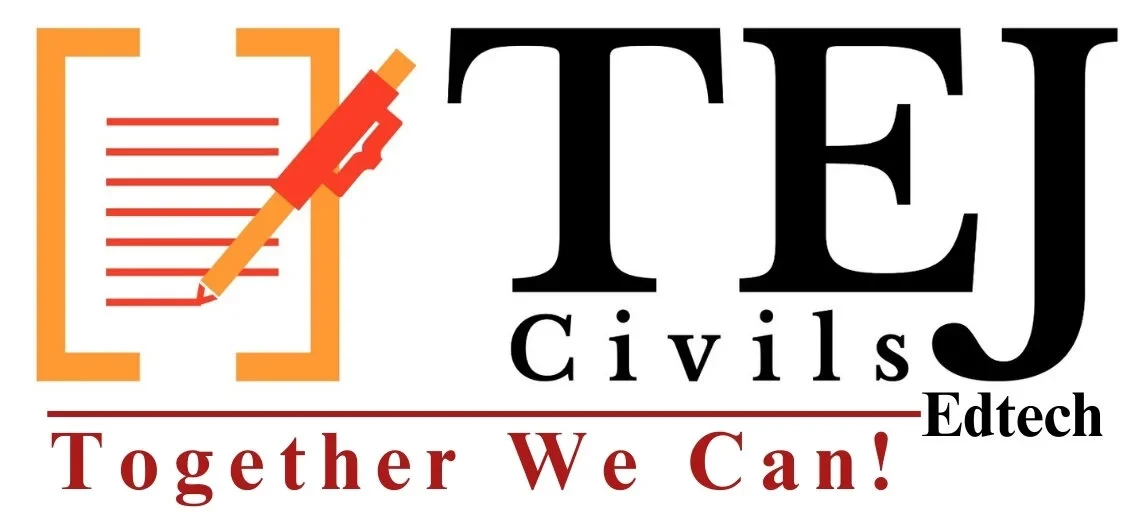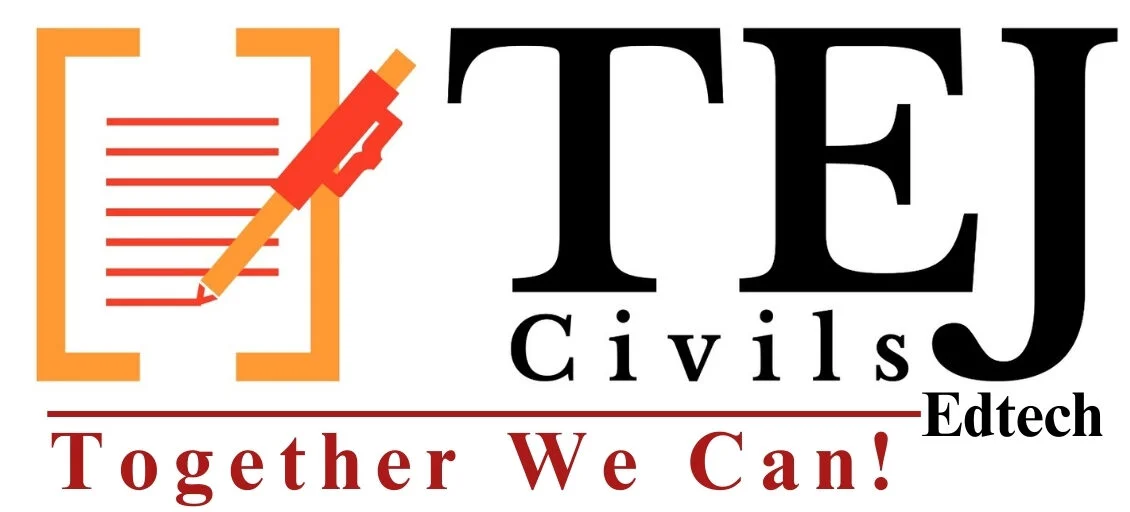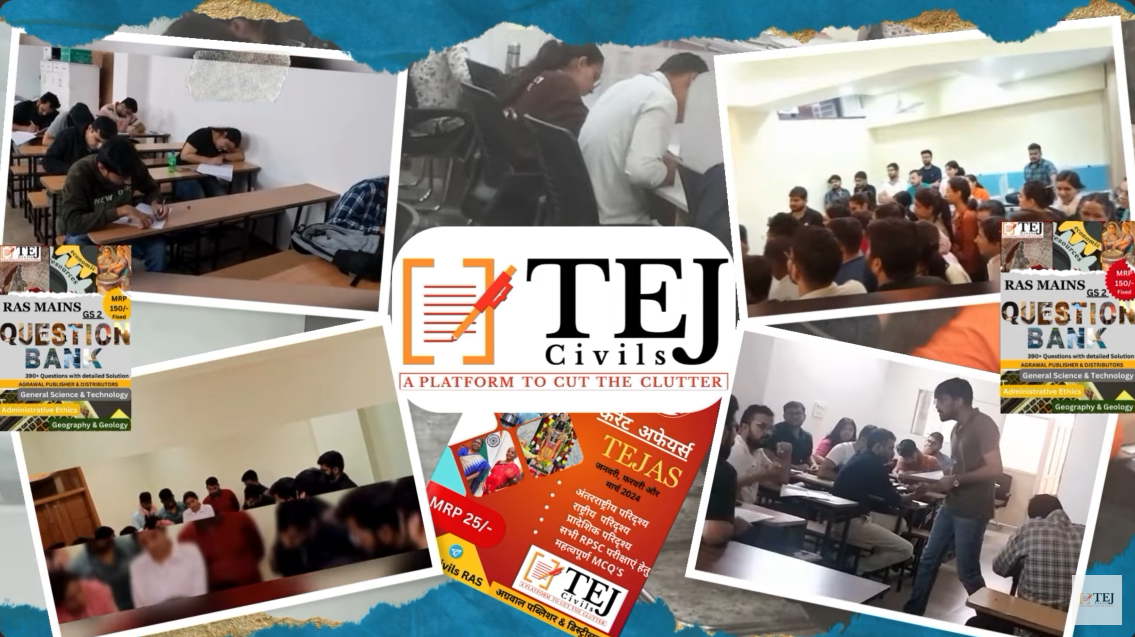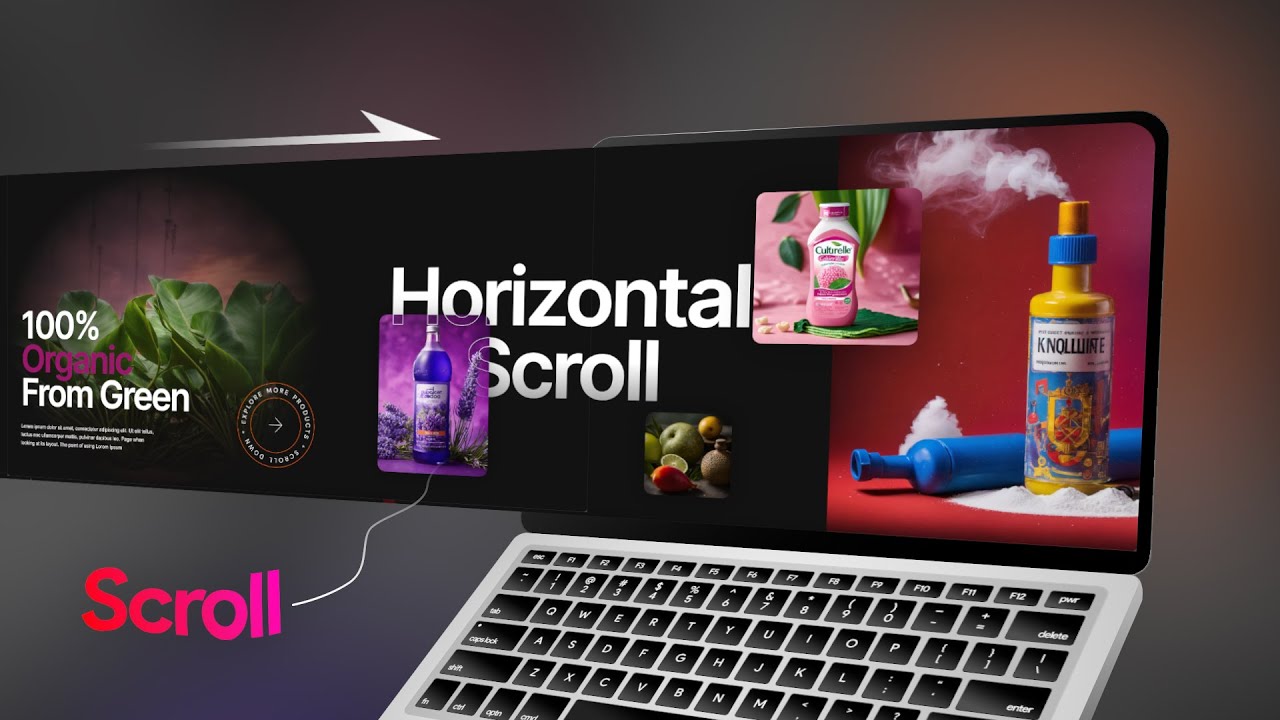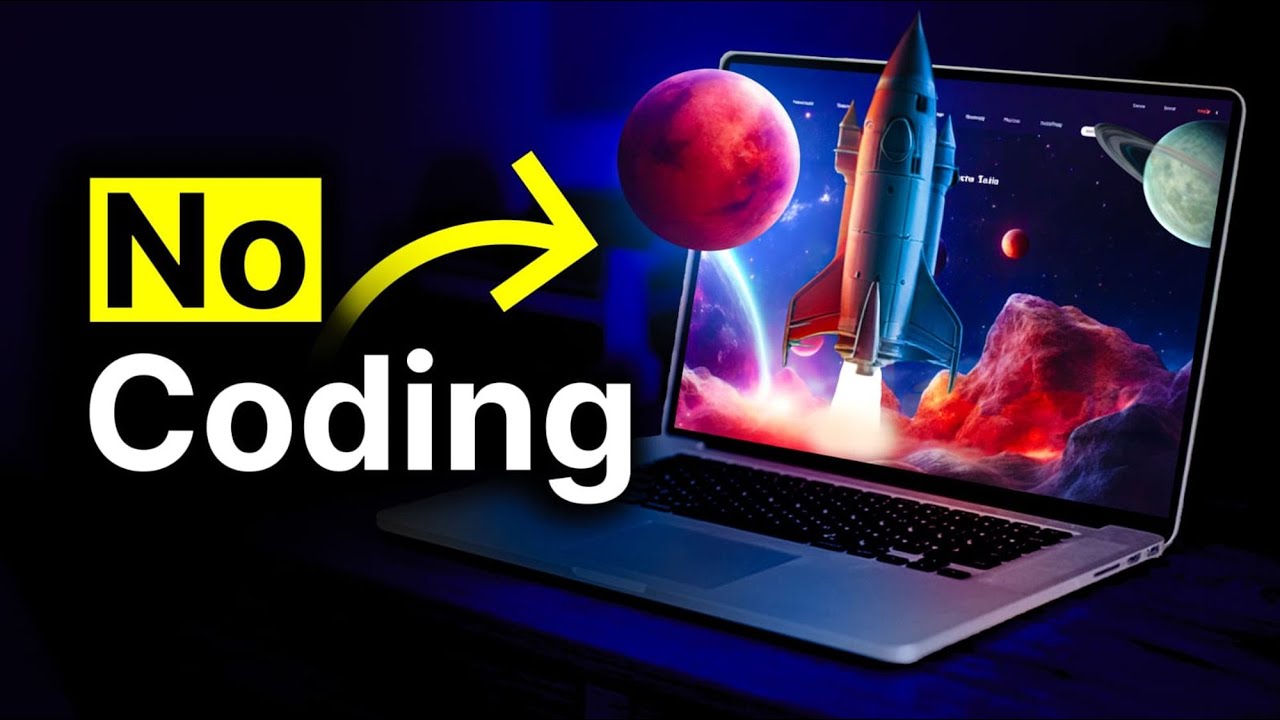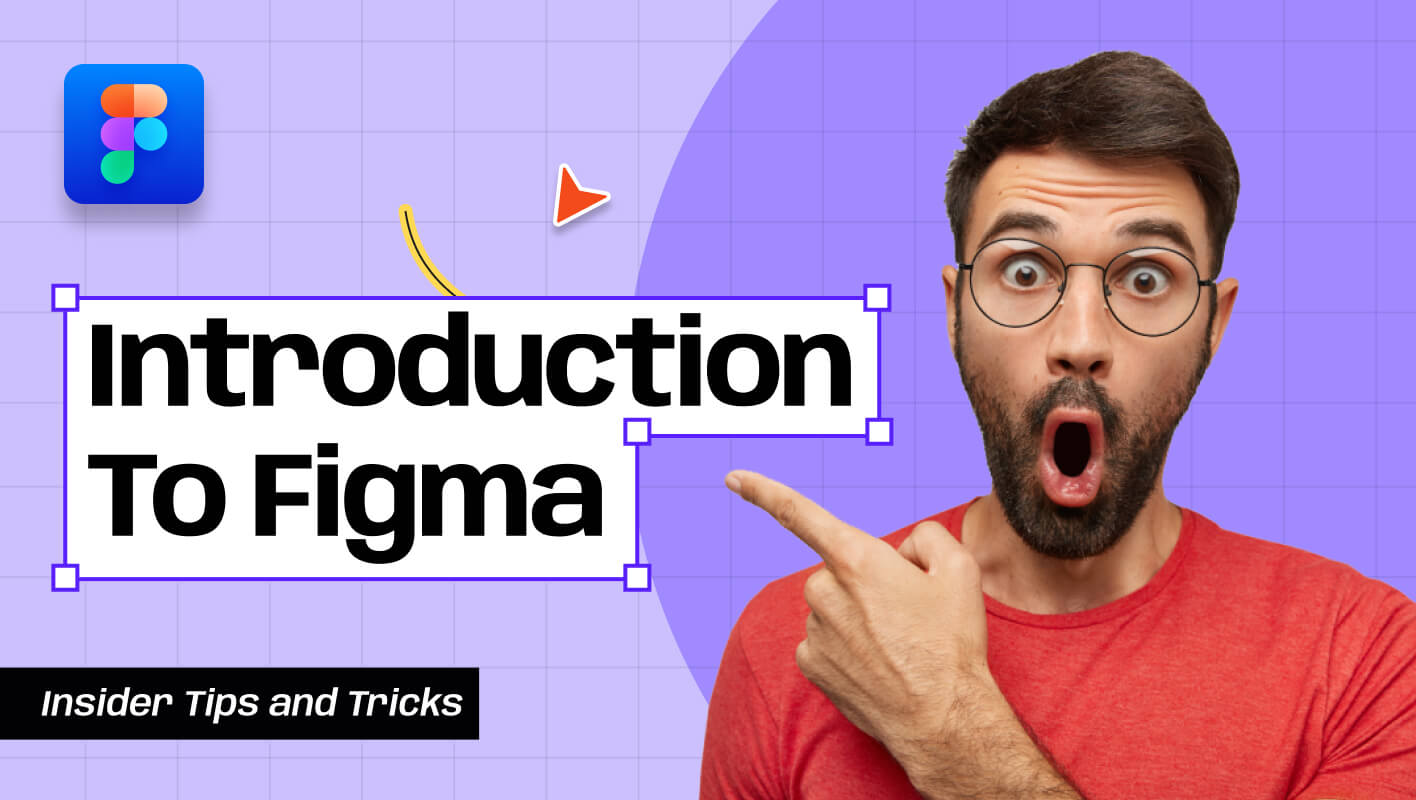One-Liner: The Art of Precision in Communication
One Liner: The Art of Precision in Communication
In today’s fast-paced world, the ability to craft a powerful one-liner is an essential skill. Whether in advertising, comedy, social media, or public speaking, one-liners have the power to capture attention, make a memorable impact, and communicate a complex idea with precision. This article delves into the significance, examples, and techniques for creating impactful one-liners.
What is a One-Liner?
A one-liner is a succinct, often witty statement that encapsulates a larger idea or emotion in a single line. They can be humorous, motivational, or thought-provoking, making them a versatile tool in communication. One-liners are commonly used in advertising, comedy, social media, and speeches due to their ability to grab attention quickly and leave a lasting impression.
Famous One-Liner Examples
- “Just do it.” – Nike
- “I think, therefore I am.” – René Descartes
- “Keep calm and carry on.”
These examples show how effectively one-liners can communicate a message in just a few words. Whether they’re catchy slogans, philosophical musings, or motivational reminders, these one-liners have become iconic for their simplicity and power.
Why Are One-Liners Important?
- Instant Engagement: A great one-liner immediately grabs attention, making it perfect for marketing and social media.
- Memorability: Due to their brevity and impact, one-liners stick with the audience long after the conversation or advertisement ends.
- Versatility: One-liners are flexible and can be applied in numerous situations, from personal interactions to professional presentations.
How to Craft a Great One-Liner
Creating a compelling one-liner is both an art and a science. Here’s a simple guide:
- Know Your Purpose: Decide what message you want to convey and ensure your one-liner aligns with it.
- Keep It Simple: The power of a one-liner lies in its simplicity. Avoid complicated phrases or jargon.
- Add Wit or Emotion: Humor or emotion makes a one-liner more relatable and impactful.
- Use Wordplay: Techniques like alliteration, rhymes, or puns can enhance the memorability of a one-liner.
Applications of One-Liners
- Marketing and Branding: Brands use one-liners to establish their identity and connect with consumers. McDonald’s iconic slogan “I’m lovin’ it” is a prime example of how one-liners can evoke emotion and foster brand loyalty.
- Social Media: Platforms like Twitter and Instagram thrive on one-liners because they are short and easily shareable. Influencers and businesses use one-liners to engage followers and build their online presence.
- Public Speaking: Speakers often rely on one-liners to open or close their speeches with impact. A well-timed one-liner can set the tone and leave the audience with something memorable to think about.
- Comedy and Entertainment: Comedians use one-liners to deliver punchlines that leave the audience laughing. For instance, “I told my wife she should embrace her mistakes. She hugged me” is a witty example of a one-liner that blends humor with insight.
Tips for Mastering the Art of the One-Liner
- Practice Brevity: Less is more—shorter one-liners often have the greatest impact.
- Focus on Clarity: A successful one-liner should be easily understood and direct.
- Test It Out: Share your one-liner with others to see how it resonates.
- Stay Relevant: Tailor your one-liner to the context and audience for maximum effect.
The Science Behind Memorable One-Liners
Studies suggest that short, catchy statements are easier for the brain to process and remember. Additionally, humor or emotional resonance in one-liners triggers stronger reactions, making them more effective in communication.
Common Mistakes to Avoid
- Overcomplication: A one-liner should be simple and to the point, not convoluted.
- Lack of Context: A one-liner without context can confuse or lose its impact.
- Ignoring the Audience: The best one-liners are tailored to the people who will hear them.
One-Liners in Everyday Life
One-liners aren't just for marketing or comedy—they can be used in everyday conversations. Whether for motivation, humor, or breaking the ice, a well-timed one-liner can enhance communication and keep interactions memorable.
Example in Motivation
“This too shall pass” is a simple, uplifting one-liner that provides comfort in tough times.
Conclusion
One-liners are much more than just brief statements—they are powerful tools for communication. By mastering the art of crafting impactful one-liners, you can connect with others more effectively, whether in advertising, public speaking, or casual conversation. Keep it short, simple, and meaningful, and your one-liner will make a lasting impression.
